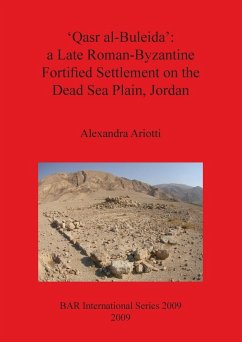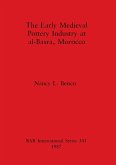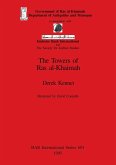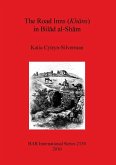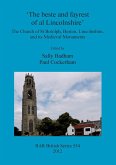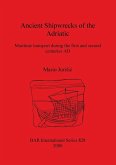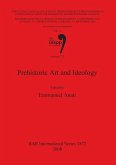This study focuses on Qasr al-Buleida ('the countryside castle [or] palace' in Arabic), a small hamlet located six kilometres to the northeast of the modern village of Ghor al-Mazra'a on the Dead Sea Plain. The hamlet comprises the archaeological remains of five free-standing, fortified architectural complexes, as well as a number of agricultural features that include two aqueducts, a dam or reservoir and terracing. Together, these structures form the 'Qasr al-Buleida settlement', an entity which has not been previously studied nor published in entirety. Through survey and excavation conducted over two field seasons (2002 and 2004), the aim of this investigation of Qasr al-Buleida has been to determine the chronology, cultural history and function of the settlement as a network of fortifications that served a defensive and economic purpose, augmenting the Roman-Byzantine limes Arabicus, as well as an agricultural one. Analysis of the radiocarbon, numismatic and ceramic material recovered from the stratified deposits of excavations carried out at the five QB sites has now revealed that they were occupied between the fourth and sixth centuries C.E., a period when all evidentiary classes overlap.
Hinweis: Dieser Artikel kann nur an eine deutsche Lieferadresse ausgeliefert werden.
Hinweis: Dieser Artikel kann nur an eine deutsche Lieferadresse ausgeliefert werden.
